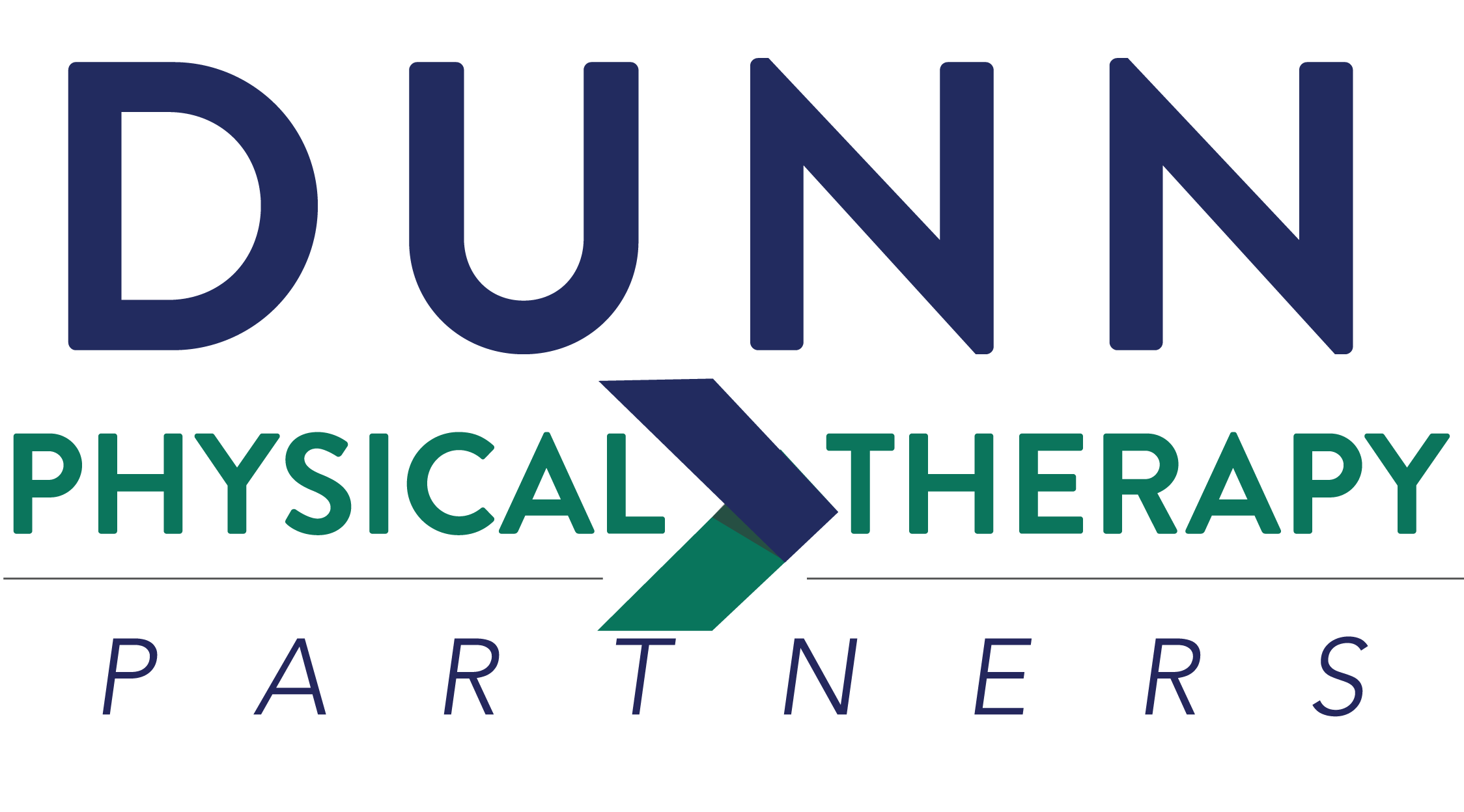Prevent Parenting Injuries with These Tips
The birth of a child is an exciting time. The first few months offer incredibly rewarding and incredibly challenging moments for new parents. Many are surprised to learn just how hard parenting can be on the body. Lifting and carrying a child, picking toys up off the floor, and pushing a stroller are all new, normal daily tasks for parents. Learning about the ergonomics of these common tasks can help you stay injury-free. Here are a few tips on using proper body mechanics to ease the physical stress of parenting:
Lift With Your Legs
You’re carrying precious cargo these days. To avoid injury and protect your little one, always be sure to lift with your legs, not your back. This will become increasingly important as your child grows. You’ll be lifting them a lot – in and out of car seats, when you change diapers, and during play time – so perfect the movement early to prevent injury. When placing your baby on a lowered surface like a changing table, be sure to bend your knees, too. Move slowly and deliberately and you’ll avoid many of the most common ergonomic challenges.
Embrace Babywearing
If you’re hoping to carry your baby with symmetrical, evenly-distributed weight, babywearing is your best option. It keeps your baby above the level of your hips and helps you keep your back straight. If you’re carrying your little one in a car seat, though, use both hands to carry them in front of you. Carrying a heavy car seat on one arm can strain your back and shoulders. If you have to carry your baby on your hip, be sure to keep your body straight and change hips every 15 minutes or so. Whenever possible, use a stroller to take some of the weight of carrying your baby off your back.
Use a Neutral Wrist When Feeding
If you’re bottle feeding your baby, be careful to always use a neutral wrist. Keep your hand, wrist, and forearm in a straight, neutral line as often as possible. Loosen your grip, too – this will keep your shoulder relaxed and help you avoid extra tension. Take frequent breaks from holding up your baby’s head to eat. Instead, have them rest on your chest or baby carrier.

